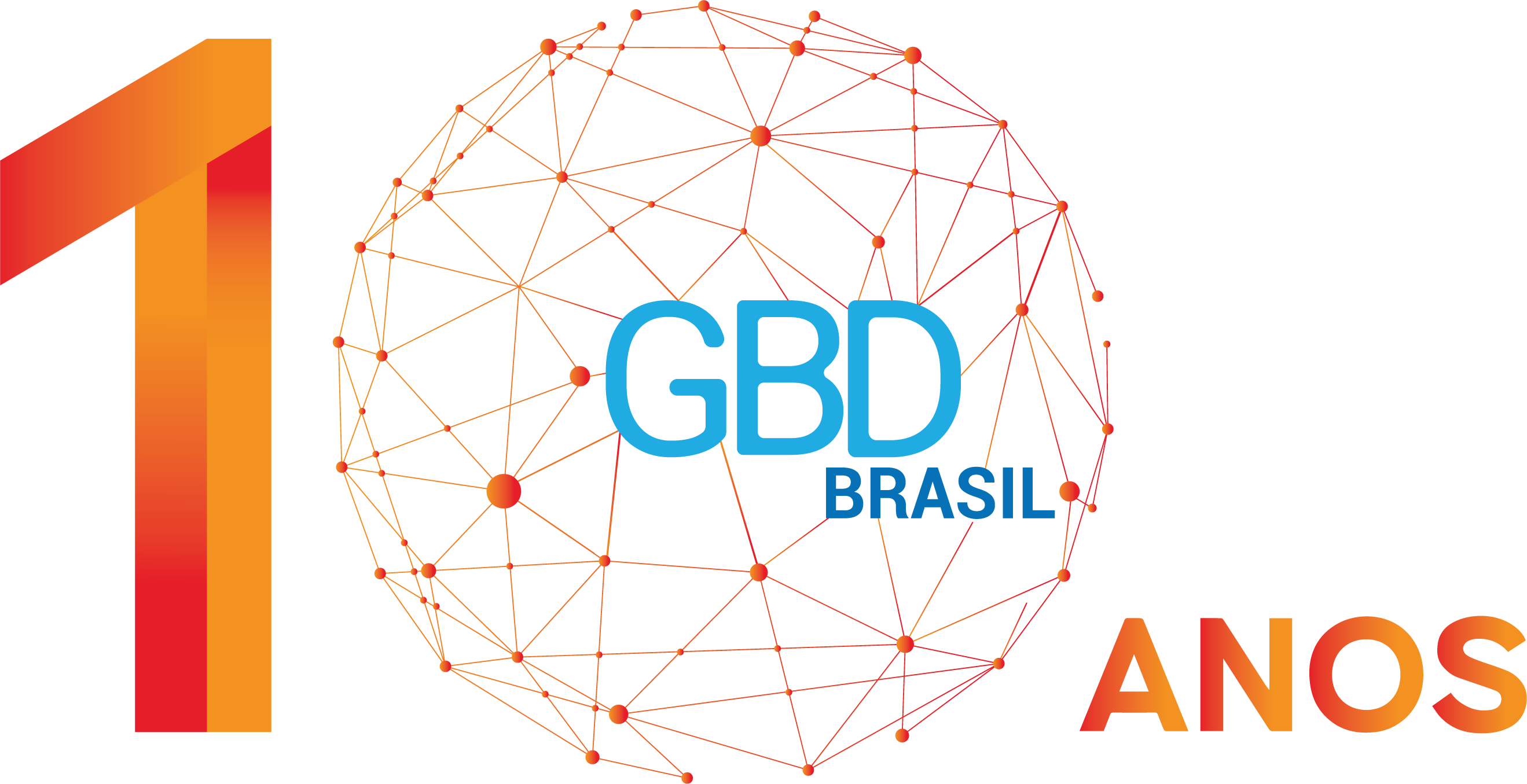Data de publicação
30 de setembro de 2020
Periódico
Population Health Metrics
Resumo
Background – The Global Burden of Diseases (GBD) 2017 database permits an up-to-date evaluation of the frequency and burden of diabetes at the state level in Brazil and by type of diabetes. The objective of this report is to describe, using these updated GBD data, the current and projected future burden of diabetes and hyperglycemia in Brazil, as well as its variation over time and space.
Methods – We derived all estimates using the GBD 2016 and 2017 databases to characterize disease burden related to diabetes and hyperglycemia in Brazil, from 1990 to 2040, using standard GBD methodologies.
Results – The overall estimated prevalence of diabetes in Brazil in 2017 was 4.4% (95%UI 4.0–4.9%), with 4.0% of those with diabetes being identified as having type 1 disease. While the crude prevalence of type 1 disease has remained relatively stable from 1990, type 2 prevalence has increased 30% for males and 26% for females. In 2017, approximately 3.3% of all disability-adjusted life years lost were due to diabetes and 5.9% to hyperglycemia. Diabetes prevalence and mortality were highest in the Northeast region and growing fastest in the North, Northeast, and Center-West regions. Over this period, despite a slight decrease in age-standardized incidence of type 2 diabetes, crude overall burden due to hyperglycemia has increased 19%, with population aging being a main cause for this rise. Cardiovascular diseases, responsible for 38.3% of this burden in 1990, caused only 25.9% of it in 2017, with premature mortality attributed directly to diabetes causing 31.6% of the 2017 burden. Future projections suggest that the diabetes mortality burden will increase 144% by 2040, more than twice the expected increase in crude disease burden overall (54%). By 2040, diabetes is projected to be Brazil’s third leading cause of death and hyperglycemia its third leading risk factor, in terms of deaths.
Conclusions – The disease burden in Brazil attributable to diabetes and hyperglycemia, already large, is predicted by GBD estimates to more than double to 2040. Strong actions by the Ministry of Health are necessary to counterbalance the major deleterious effects of population aging.
DOI/link
https://doi.org/10.1186/s12963-020-00209-0
Autoria
Vínculo institucional
Lattes
Orcid
Mohsen Naghavi
Institute for Health Metrics and Evaluation, University of Washington


Ashkan Afshin
Institute for Health Metrics and Evaluation, University of Washington


Deborah Malta
Departamento de Enfermagem Materno-Infantil e Saúde Pública, Escola de Enfermagem, Universidade Federal de Minas Gerais


